RBA decided to keep cash rate target at 0.10% as widely expected. The central bank will continue with bond purchase program after the current one ends in September. But the purchase target will be changed to AUD 4B per week, until at least mid-November. April 2024 bond is kept as the bond for yield target at 0.10%.
The central bank said the expectation that condition for rate hike “will not be met before 2024”. This could be seen as slightly more optimism than “this is unlikely to be until 2024 at the earliest.” Still, “meeting it will require the labour market to be tight enough to generate wages growth that is materially higher than it is currently.”




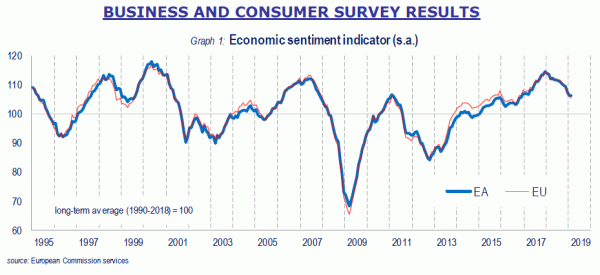
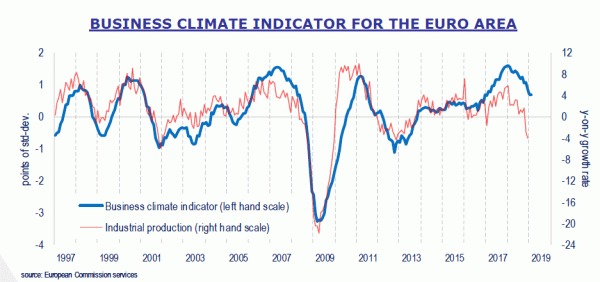
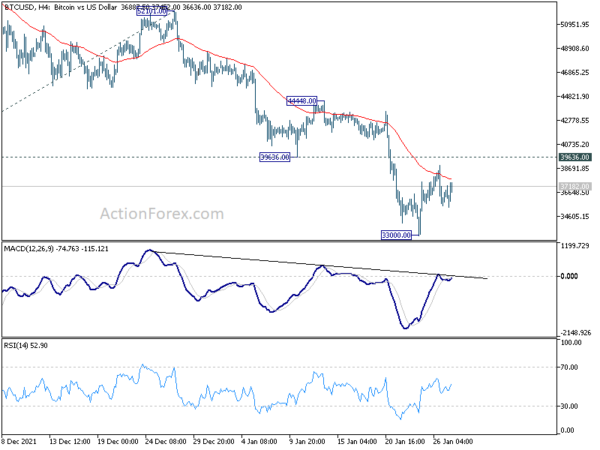
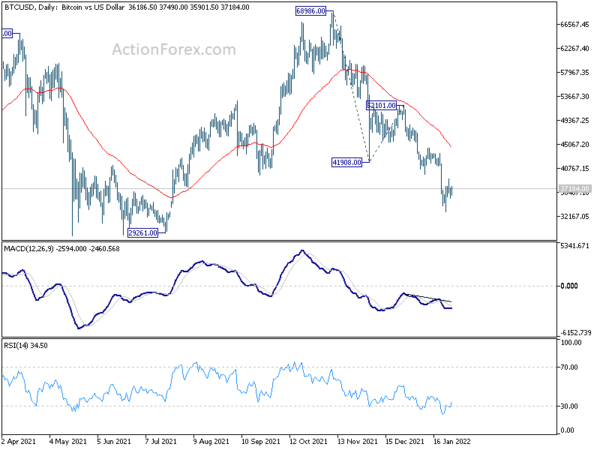
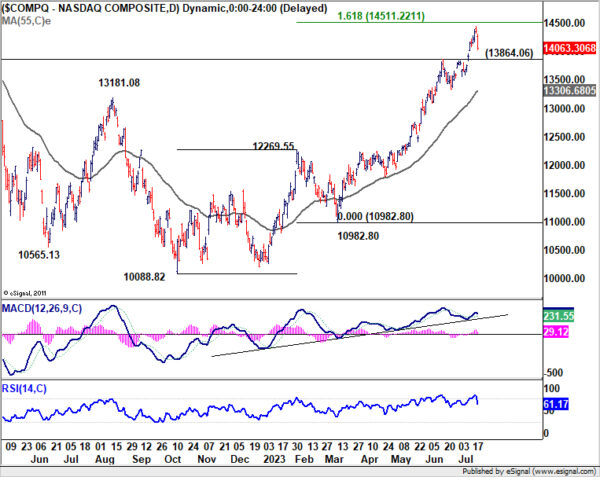
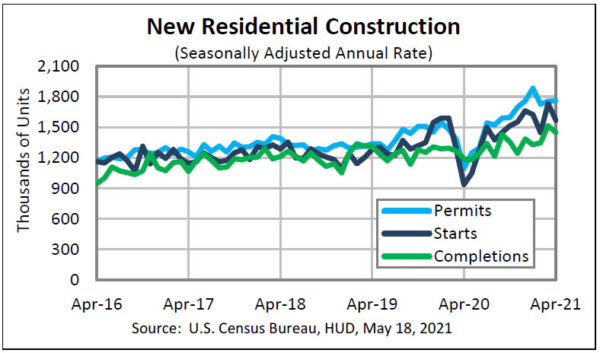
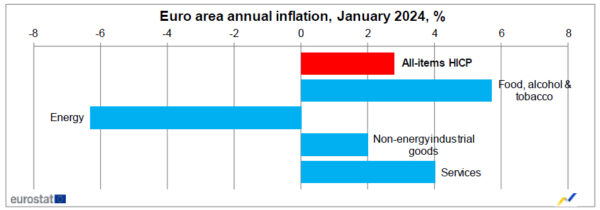
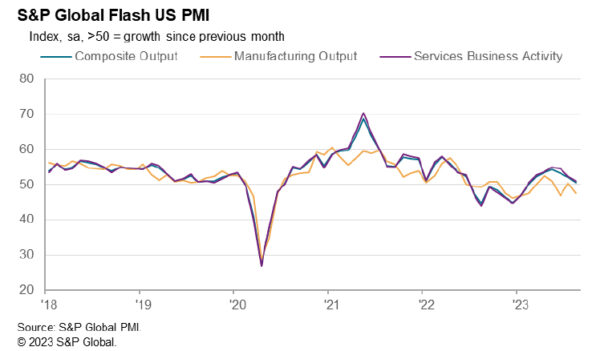
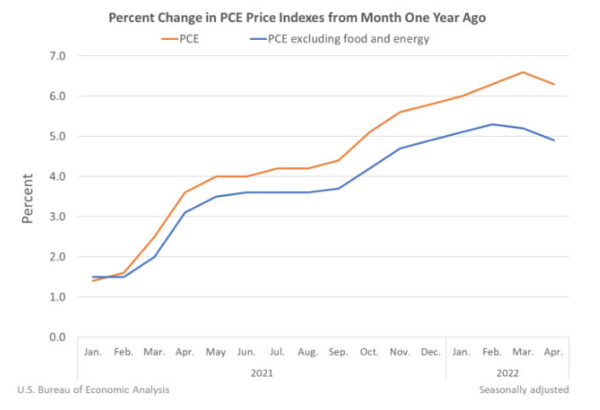
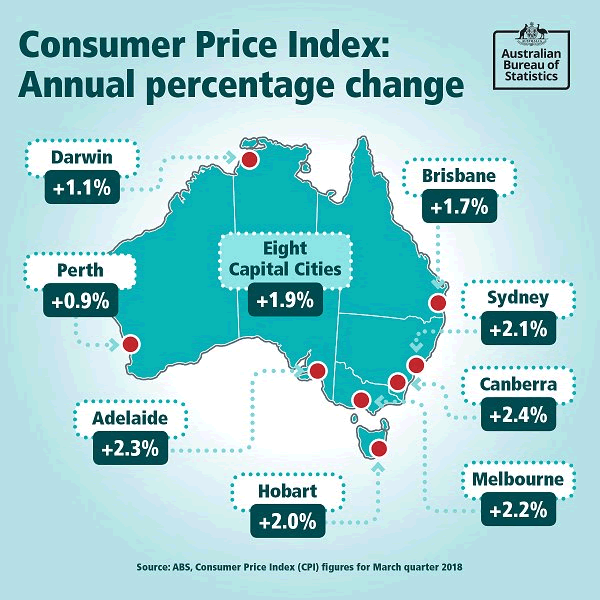
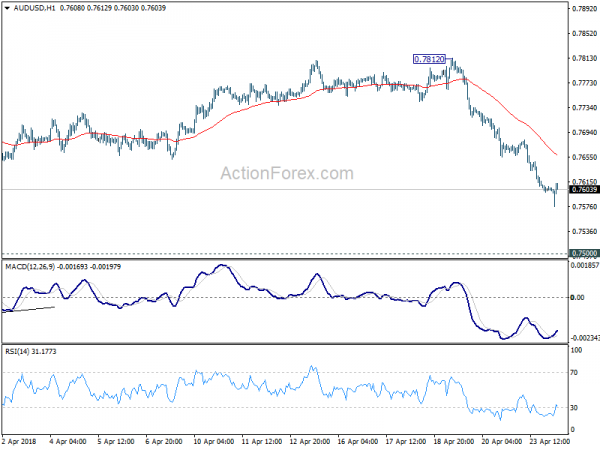
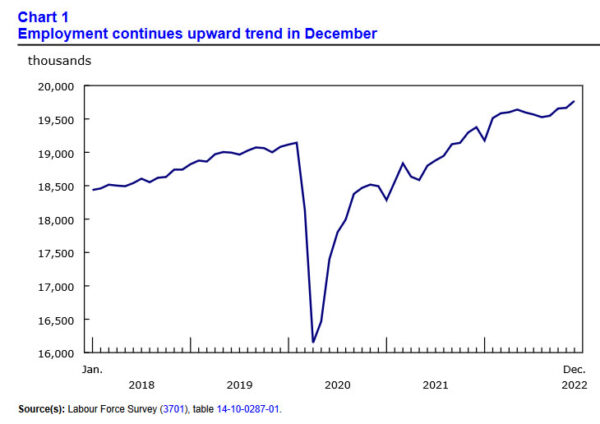
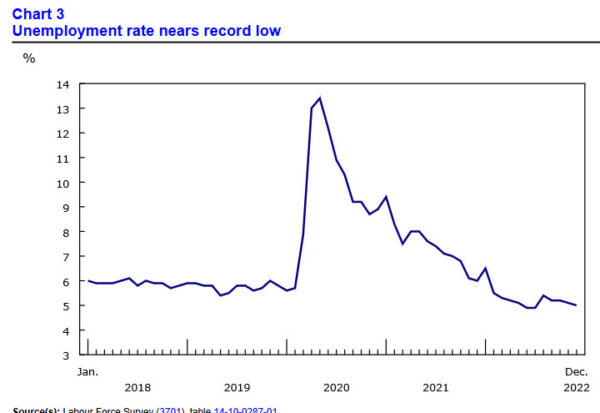
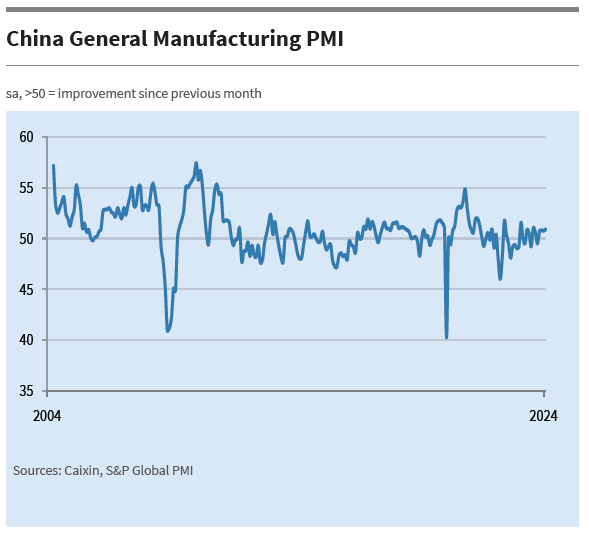
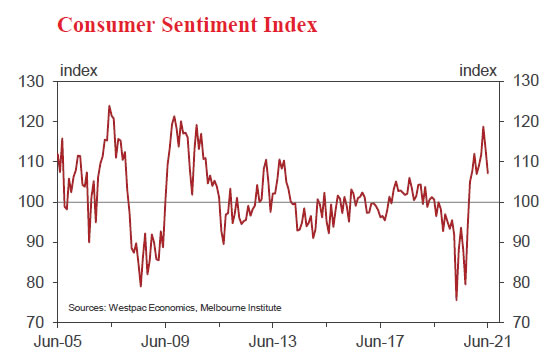


US PCE inflation rose to 6.8% yoy, core CPI rose to 4.8% yoy
US personal spending rose 0.6% mom or USD 133.5B in June, above expectation of 0.5% mom. Personal spending rose 1.1% mom or USD 181.1B, above expectation of 0.9% mom. The rise in spending reflected USD 94.9B increase in goods and USD 86.2B in services.
Headline PCE price index accelerated from 6.3% yoy to 6.8% yoy, above expectation of 6.7% yoy. That’s also the highest level since January 1982. Core PCE price index also rose from 4.7% yoy to 4.8% yoy, above expectation of 4.7% yoy.
Full release here.